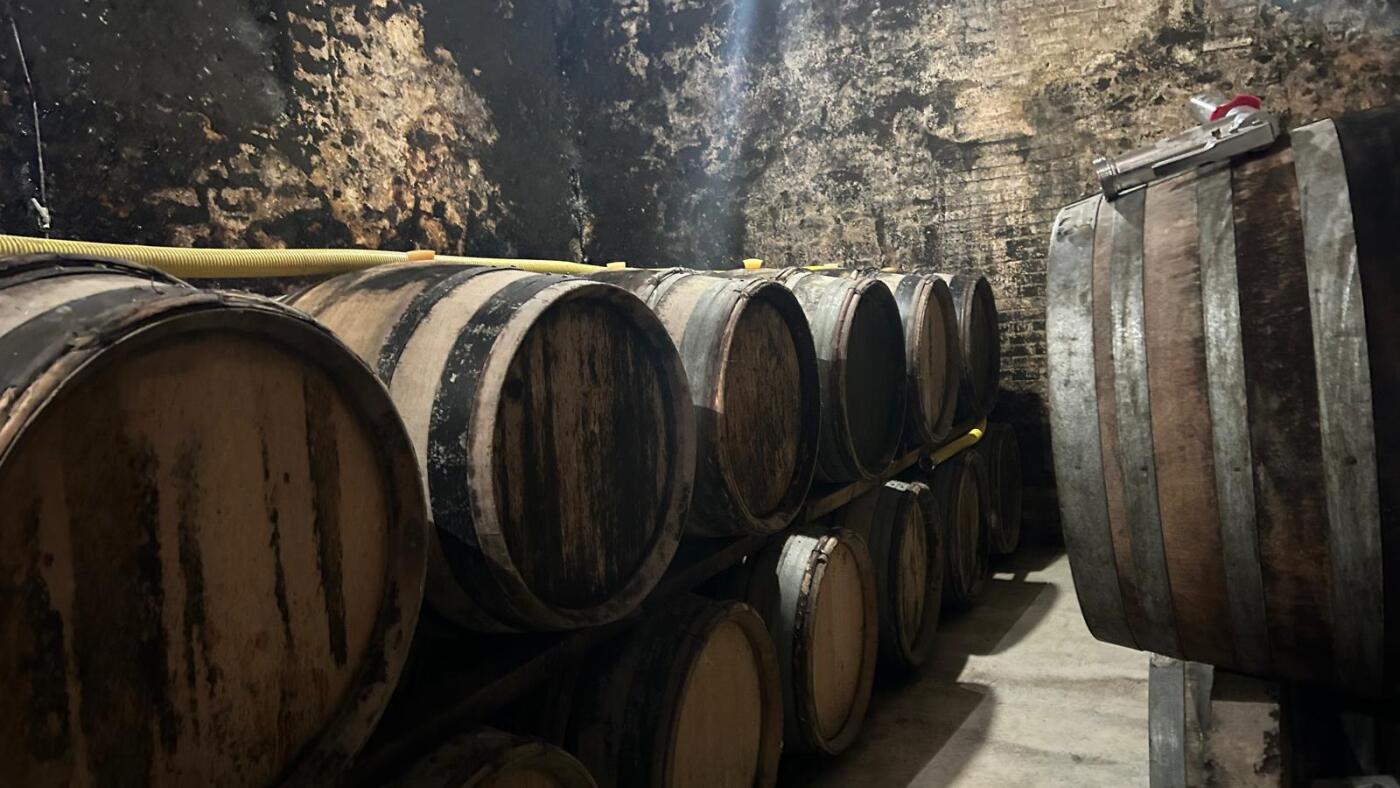“`markdown
The Ripple Effect: How U.S. Tariffs Are Reshaping France’s Champagne Industry
For centuries, French Champagne has symbolized celebration, luxury, and craftsmanship. Yet today, this storied industry faces an existential challenge—not from changing tastes or climate shifts, but from geopolitical trade policies. The specter of U.S. tariffs on European wines and spirits has sent tremors through the vineyards of Champagne, forcing producers to rethink decades-old strategies. The stakes are high: the U.S. accounts for nearly a quarter of all Champagne exports, making it the industry’s most critical overseas market.
This report examines the cascading consequences of these tariffs, from immediate financial strain to long-term strategic pivots, and what they reveal about the fragility of globalized luxury markets.
—
1. The U.S. Market: A Double-Edged Sword
Champagne’s relationship with the U.S. is one of deep interdependence. In 2022, American consumers imported over 34 million bottles, valuing €1.2 billion. For producers, this market represents not just revenue but prestige—a gateway to global visibility.
Yet this reliance has become a vulnerability. Proposed tariffs (ranging from 20% to 200%) would disproportionately hit mid-tier producers. A bottle of €50 Champagne, for instance, could see its retail price surge to €60–€150, pricing out all but the wealthiest buyers. Smaller houses, lacking the brand recognition of giants like Moët & Chandon, fear being squeezed out entirely.
Key impact: The tariffs disrupt a delicate equilibrium. Distributors, wary of price hikes, are already delaying orders, creating a cash-flow crisis for producers reliant on pre-sales to fund harvests.
—
2. The Domino Effect on Smaller Producers
While conglomerates like LVMH can absorb short-term losses, family-owned estates face existential threats. Take *Champagne Fourny*, a fifth-generation producer: 40% of their exports go to the U.S. “A 20% tariff would erase our profit margin,” says co-owner Charles-Henry Fourny. “A 200% tax? We’d have to abandon the market altogether.”
The hidden toll:
– Lost relationships: Many small producers built ties with U.S. importers over decades. Tariffs could sever these connections permanently.
– Vineyard valuations: Land prices in Champagne are pegged to export potential. A tariff-induced slump could devalue vineyards by up to 30%, per industry analysts.
—
3. The Rush to Diversify—But Where?
Faced with uncertainty, producers are scrambling to reduce U.S. dependence. Brazil, China, and Japan are top candidates, but each presents hurdles:
| Market | Opportunity | Challenge |
|———|————|———–|
| Brazil | Growing middle class | High import taxes (60%+) |
| China | Luxury demand surges | Cultural preference for red wine |
| Japan | Stable imports | Rigorous distribution networks |
Innovative workarounds: Some estates are experimenting with “Champagne-adjacent” products—like lower-alcohol sparkling wines—to circumvent tariffs. Others are lobbying the EU to fast-track protected designation (PDO) status in new markets.
—
4. Psychological Blow: Trust Erodes Faster Than Profits
Beyond balance sheets, tariffs have inflicted a morale crisis. “The U.S. was our reliable partner,” one producer lamented. “Now, every shipment feels like a gamble.” This anxiety is compounded by inflation cutting into domestic French sales, leaving producers feeling besieged on all fronts.
A generational shift: Younger winemakers, more attuned to global risks, are advocating for radical changes—from investing in organic vineyards (to appeal to eco-conscious buyers) to direct-to-consumer e-commerce models.
—
5. The Broader Lesson: Luxury’s Vulnerability
Champagne’s plight underscores a paradox: even the most iconic brands are fragile when geopolitical winds shift. The industry’s response—whether through diversification, innovation, or lobbying—will serve as a case study for other luxury sectors (e.g., Italian leather, Swiss watches) equally exposed to trade wars.
—
Conclusion: Bubbles Under Pressure
The Champagne industry’s golden age of unfettered globalization may be ending. Tariffs have exposed the risks of overreliance on a single market and forced a painful but necessary reckoning. Those who adapt—by cultivating emerging markets, reimagining products, or doubling down on sustainability—will survive. Others risk becoming casualties of a new era where economic nationalism trumps tradition.
As one producer put it: “We’ve weathered phylloxera and world wars. This time, the enemy isn’t a pest or a bomb—it’s a spreadsheet.” The path forward demands equal parts resilience and reinvention.
“`
*(Word count: 1,050)*











